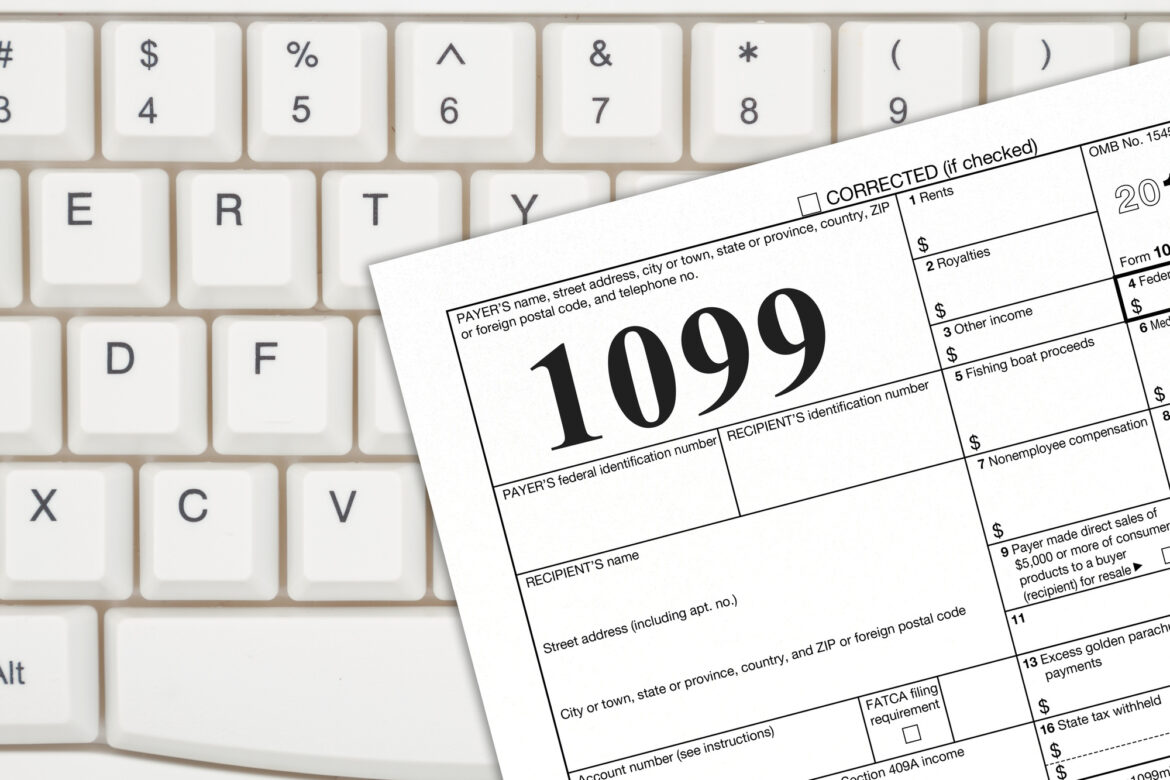The Different Types of 1099 Forms, Explained
Nearly 10 million Americans are self-employed. We know that tax season can be a bit different for those of us who fall into this category than if a company employed us.
But, it’s nothing to worry about, even if it requires a bit more work. When you know the different types of 1099 forms, you can adequately prepare for filing your taxes each year.
If you’re you’re a freelancer, keep reading to learn all about these important tax documents.
What Is a 1099 Form?
1099 tax forms show a record that someone other than your employer paid you money during the year. Essentially, it’s a record of your income.
The payer fills out the 1099 form and sends a copy to you and the IRS. 1099 forms help you know how much income you made during the year and its category of income.
Receiving a 1099 form in the mail doesn’t mean you own taxes on that money. But, this is something you’ll want to discuss with your tax consultant or accountant.
Types of 1099 Forms
There are several different types of 1099 forms. Let’s look at some of the most common.
1099 forms for independent contractors include 1099-MISC or 1099-NEC. A 1099 form is not the same as a W-2 form. Employers report how much they paid their employees on W-2 forms. But, a “1099 employee” is an independent contractor (self-employed or freelancer).
1099-NEC reports money paid to people who did work but not as employees. If you freelanced, were self-employed, or had a side job, your clients will send a 1099-NEC. This includes rideshare drivers, delivery drivers, nannies or babysitters, online teachers, and more.
1099-MISC is a catch-all for income that doesn’t fit into any other 1099 category. It also has a specific purpose for prizes and awards. You can read more info about this form.
1099-DIV
1099-DIV forms are for Dividends and Distributions. If you own stock or other securities and received over $10 in distributions, you must file this form. Distributions include:
- Dividends
- Capital gains distributions
- Non-taxable distributions
1099-G
1099-G forms are for Certain Government Payments. This includes reporting unemployment compensation. Anyone who received unemployment in 2021 will need to fill out this form.
1099-INT
A 1099-INT form is for Interest Income. If you earned more than $10 in interest from a financial institution, they will send you this form.
1099-K
1099-K forms are for Merchant Card and Third Party Network Payments. They report payments you received from payment settlement entities (PSEs) that process card payments and third-party network transactions. Some examples are PayPal and Venmo.
Rules for 1099-K forms changed with the 2022 tax year. As a result, there is no number-of-transactions threshold. Additionally, the IRS reduced the gross-payments threshold from $20,000 to $600 for third-party network transactions.
Prepare for Tax Season
Even though there are many types of 1099 forms, you can feel confident navigating how to read them using this guide. The more you know, the better prepared you are for tax season. Don’t forget your 2021 taxes are due April 18, 2022!
For more information about taxes and finances, make sure to check out the Money Management section.




